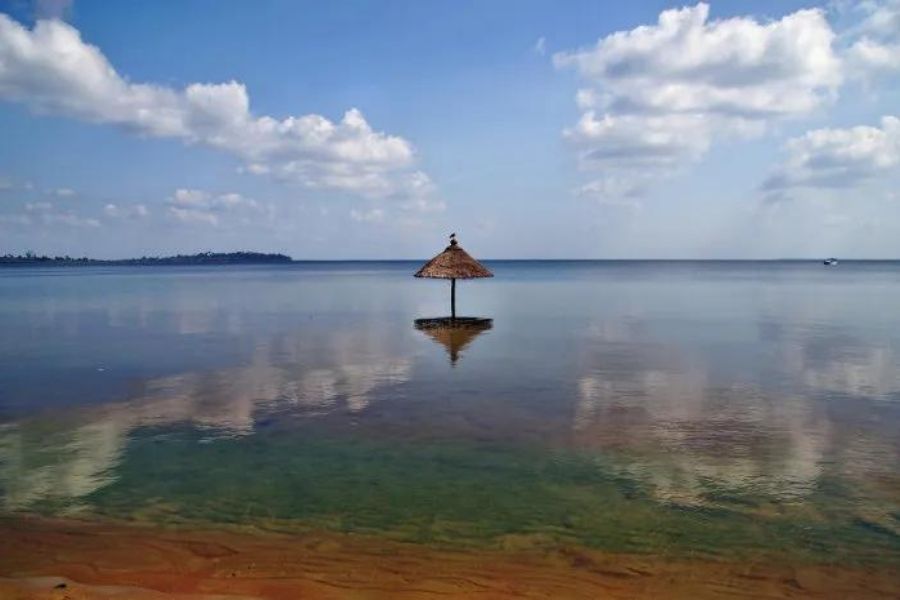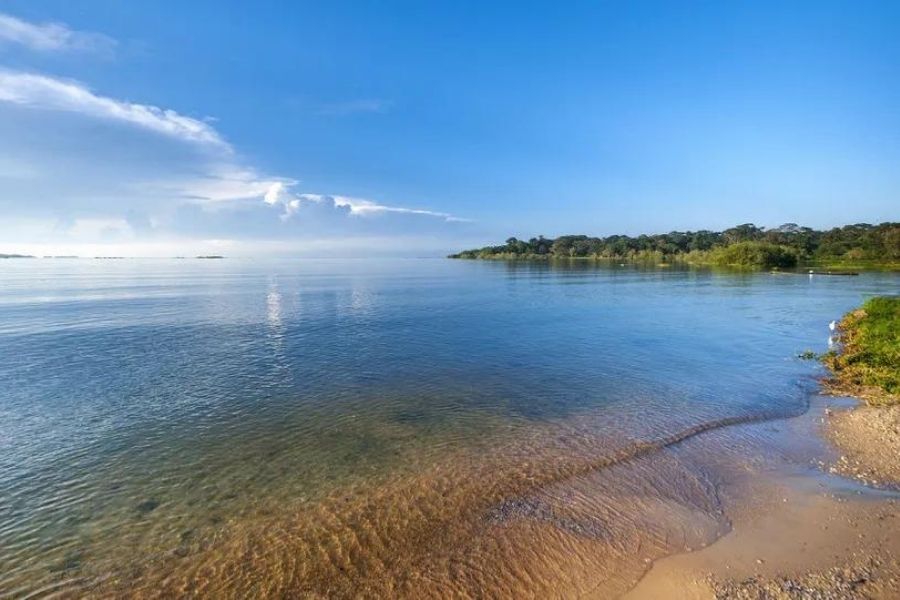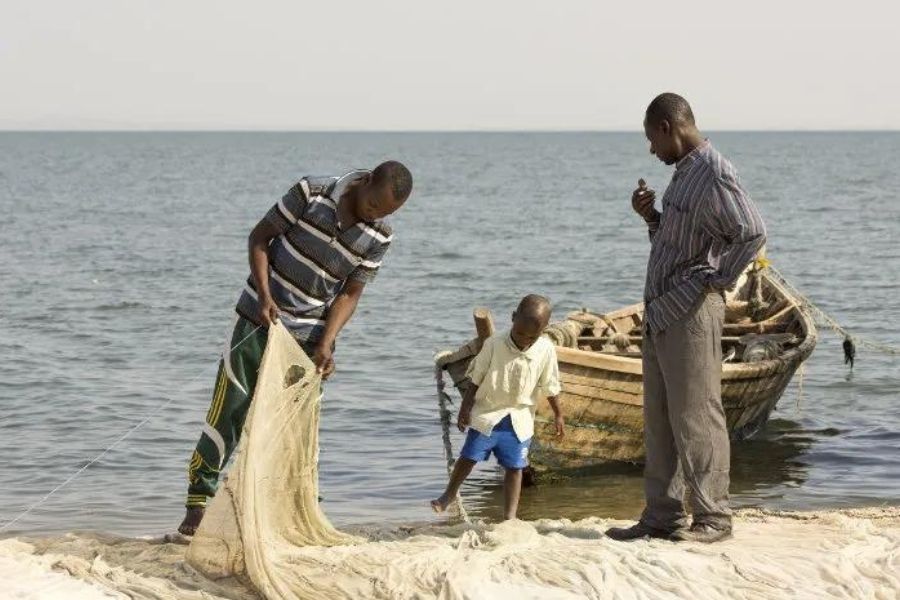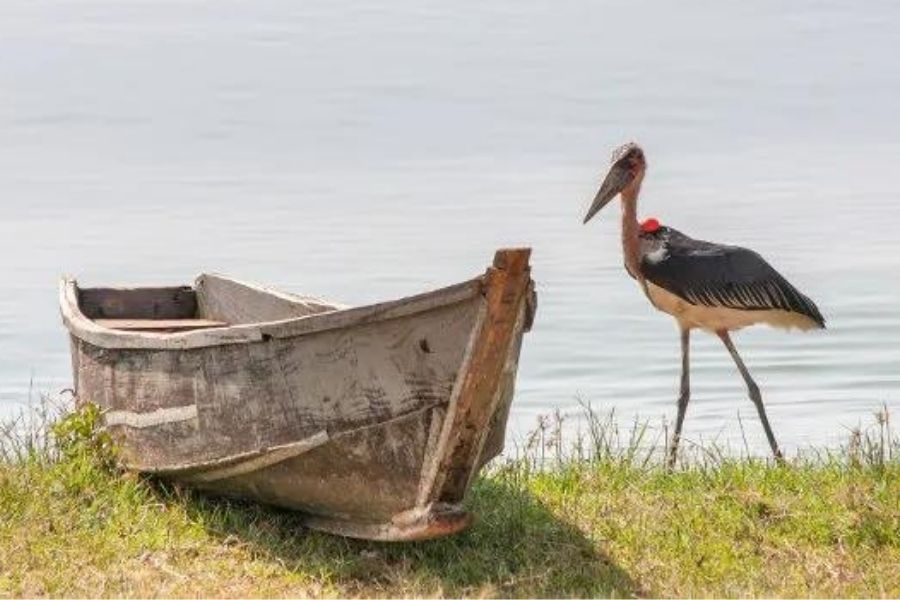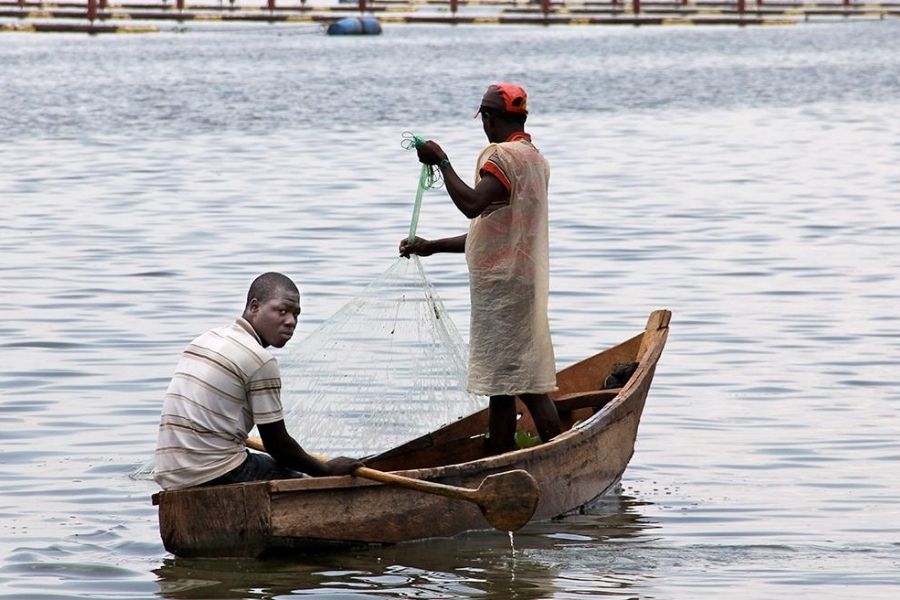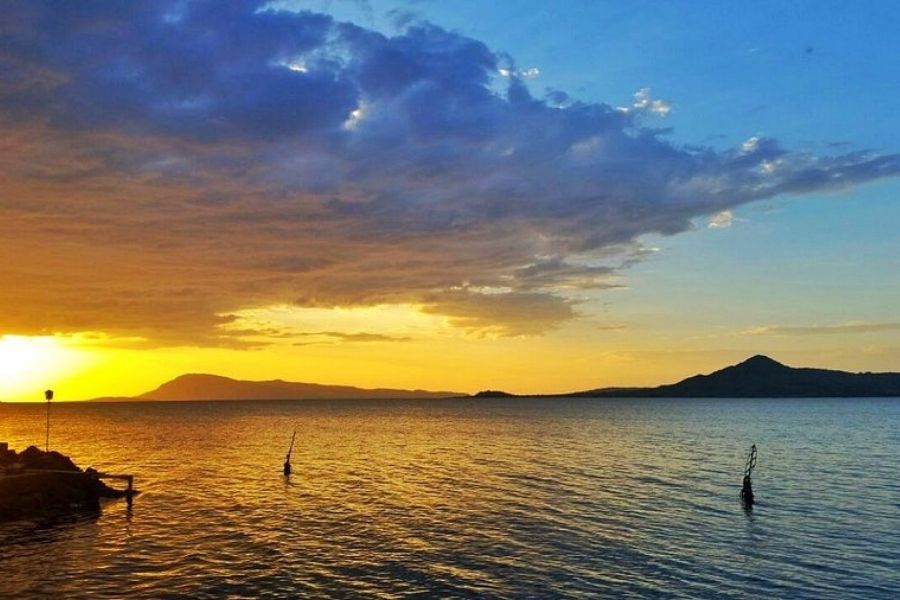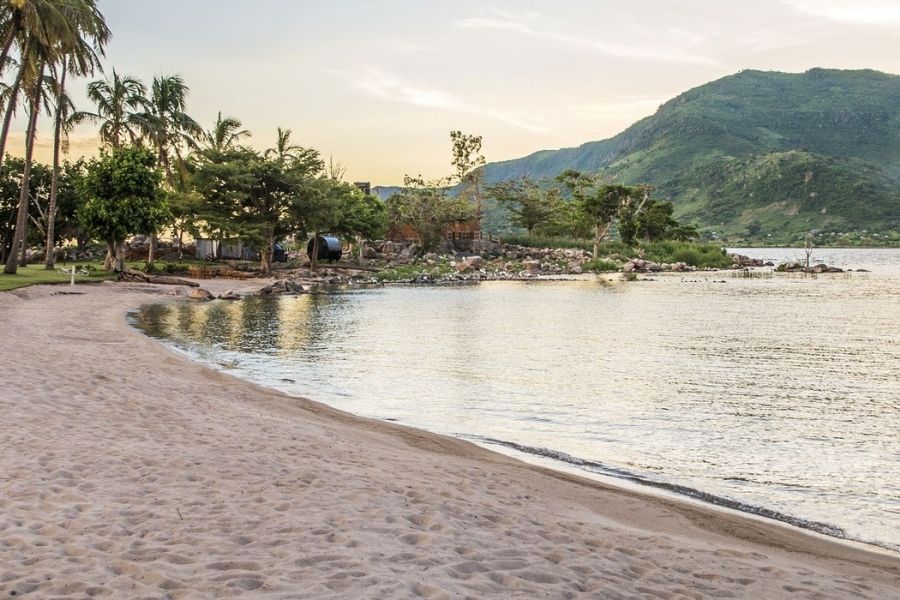LAKE VICTORIA | KISUMU KENYA
Lake Victoria Basin is one of East Africa’s most prominent landmarks. It covers a total area of 68,800 sq. km [km²] and with a maximum depth of 80 m it is relatively shallow.
Shared by Tanzania, Kenya, and Uganda, the lake was known to locals long before Speke’s discovery. Natives had referred to it by several different names, including Nyanza, Nam Lolwe, and Nnalubaale.
But Speke named it after England’s erstwhile queen, and eventually declared it the source of the River Nile, which was greatly disputed at the time.
The lake's area is divided among three countries: Kenya occupies 6% (4,100 km2 or 1,600 sq. mi), Uganda 45% (31,000 km2 or 12,000 sq. mi), and Tanzania 49% (33,700 km2 or 13,000 sq. mi).
Lake Victoria was once home to over 500 species of fish. That’s more species than in any other lake on Earth, save Lake Malawi.
Wildlife Many mammal species live in the region of Lake Victoria, and some of these are closely associated with the lake itself and the nearby wetlands.
Among these are the hippopotamus, African clawless otter, spotted-necked otter, marsh mongoose, sitatunga, bohor reedbuck, defassa waterbuck, cane rats, and giant otter shrew.
ACTIVITIES
Lake Victoria has three island shores which are worth a visit, Ukrewe, Rubondo and Ukara island.
The lake and the surrounding offers several tourist activities such as, fishing trips, bird watching, hiking and boat-rides.
Swimming is also possible but should be done with caution due to Malaria and the bilhazia disease.

